While most cities continuously evolve and modernize, some remarkable places have preserved their historic character across centuries. These living museums maintain their ancient street patterns, architecture, and cultural traditions despite the pressures of modernization. From walled medieval towns to ancient trading posts, these cities offer visitors the chance to step back in time and experience urban life as it existed a millennium ago.
Here is a list of 20 extraordinary cities that have maintained their historic appearance and character through the centuries, each offering unique glimpses into urban life from a distant past.
Fez
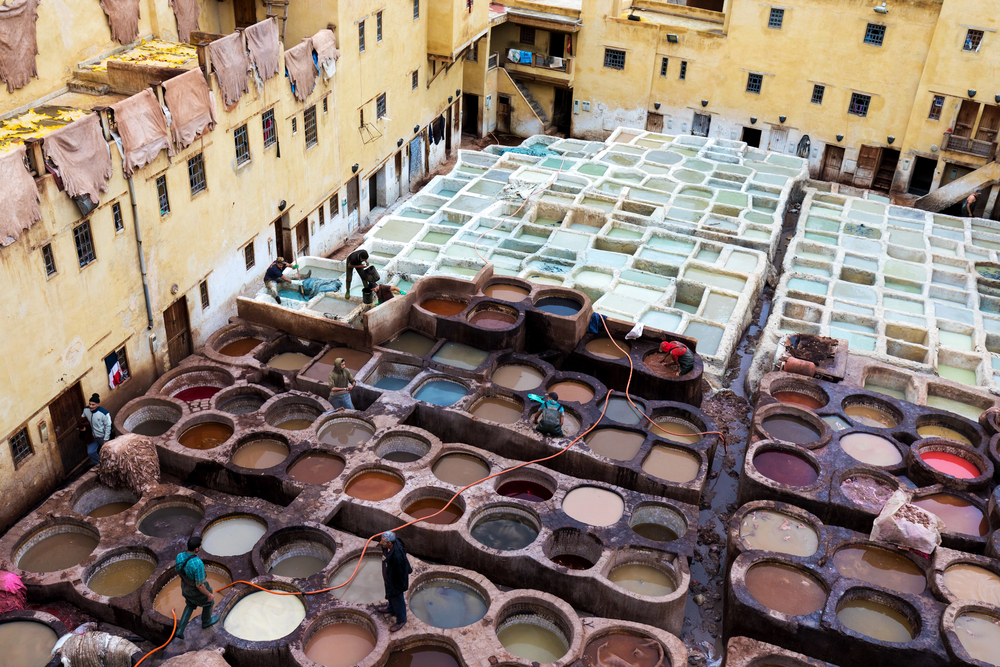
Morocco’s spiritual capital preserves the world’s largest car-free urban area within its 9th-century walls. The medina’s 9,000 narrow alleys maintain their original medieval layout, with some paths only wide enough for loaded donkeys.
Ancient leather tanneries still use the same techniques and natural dyes employed a millennium ago. The city’s medieval madrasas feature intricate cedar woodwork and zellij tilework that have been unchanged since their construction.
The world’s oldest university, Al Quaraouiyine, continues to function in its original 9th-century building.
Siena
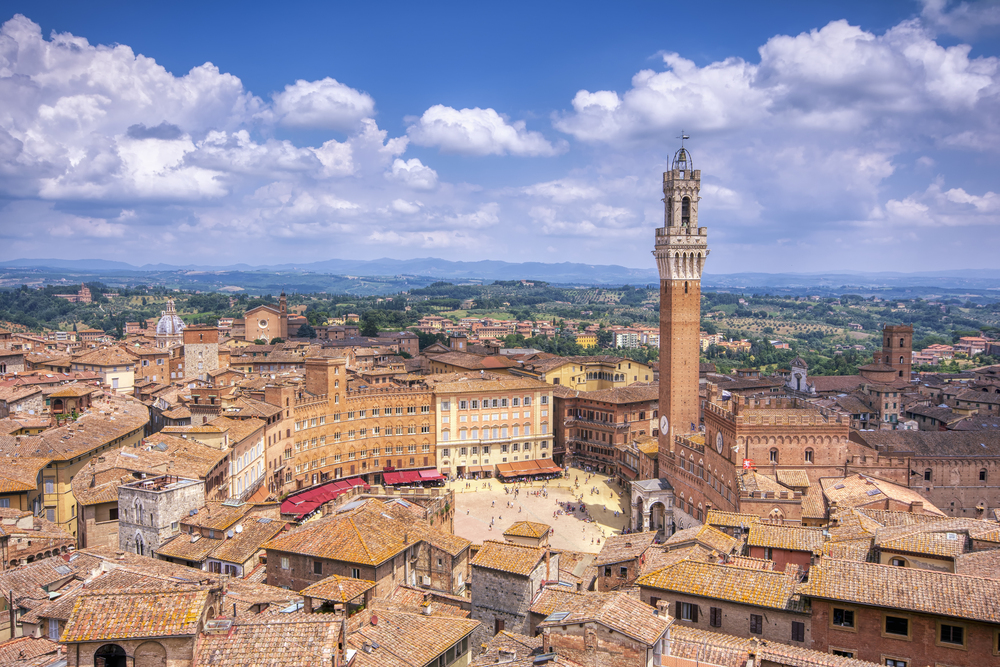
This Tuscan city retains its perfect medieval form, with 17 distinct districts radiating from the central Piazza del Campo. The twice-yearly Palio horse race follows the same track around the plaza as it did in medieval times.
Gothic palaces built by wealthy merchant families still serve their original residential purposes. The city’s distinctive black and white marble cathedral maintains its original 13th-century design and decoration.
Traditional workshops in historic buildings continue centuries-old crafts and trades.
Like Travel Pug’s content? Follow us on MSN.
Luang Prabang
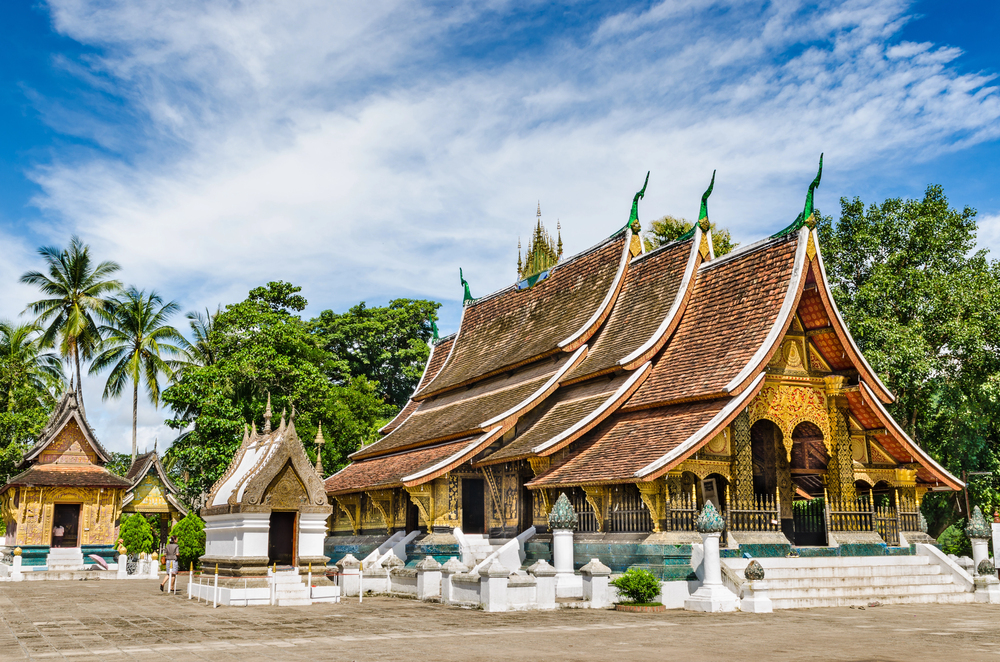
This ancient Laotian royal capital preserves its traditional architecture and Buddhist traditions along the Mekong River. Saffron-robed monks still process through streets each morning collecting alms, as they have for centuries.
Traditional wooden houses raised on stilts maintain their original construction techniques and materials. Ancient temples with layered roofs and gold leaf decoration continue daily religious practices.
The former royal palace has remained largely unchanged since its construction in 1904.
Pingyao
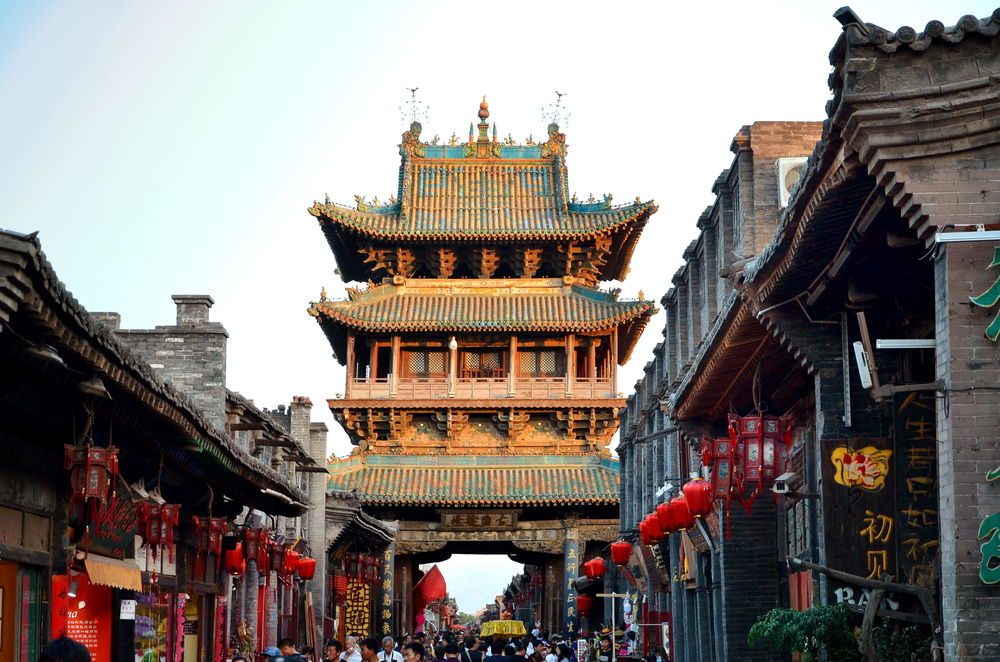
This Chinese trading city maintains its complete Ming Dynasty urban plan and architecture. The city’s 3.7-mile Ming Dynasty walls remain intact, with 72 watchtowers still standing guard.
Traditional courtyard houses preserve their original layout and architectural details. Ancient banks and trading houses continue to showcase elaborate wooden facades and interior courtyards.
The city’s grid pattern of streets maintains its original Song Dynasty planning.
Dubrovnik
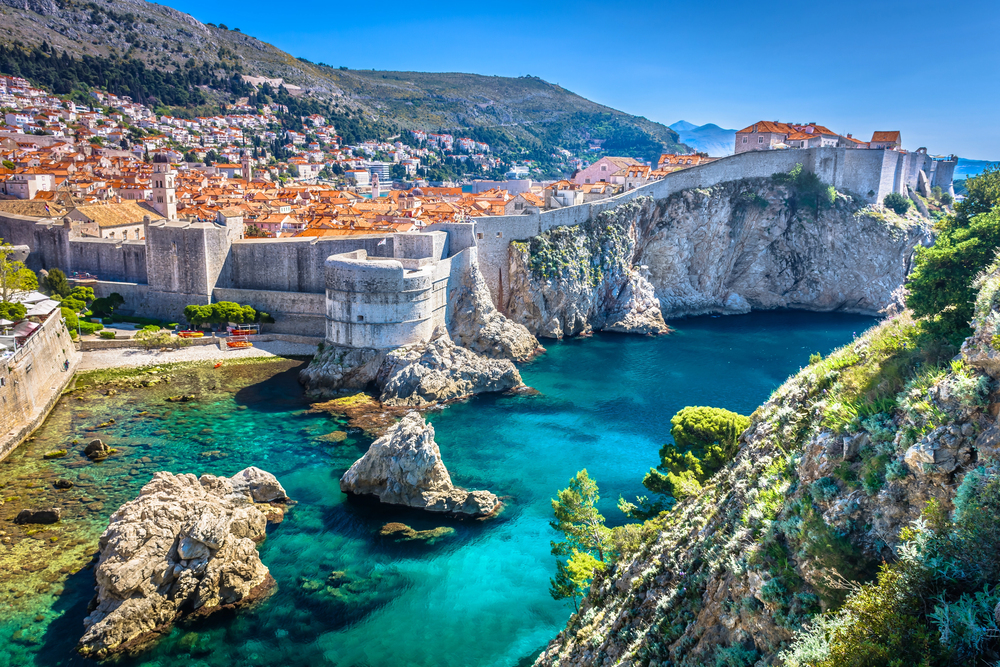
Croatia’s ‘Pearl of the Adriatic’ preserves its medieval maritime republic within limestone walls. The main street, Stradun, maintains its original limestone paving, which is worn smoothly by centuries of foot traffic.
Medieval churches and monasteries continue their religious functions in buildings that have been unchanged for centuries. The city’s defensive walls and fortifications remain intact, offering the same views defenders once surveyed.
Traditional stone houses maintain their distinctive red-tiled roofs and Gothic windows.
Like Travel Pug’s content? Follow us on MSN.
Bhaktapur
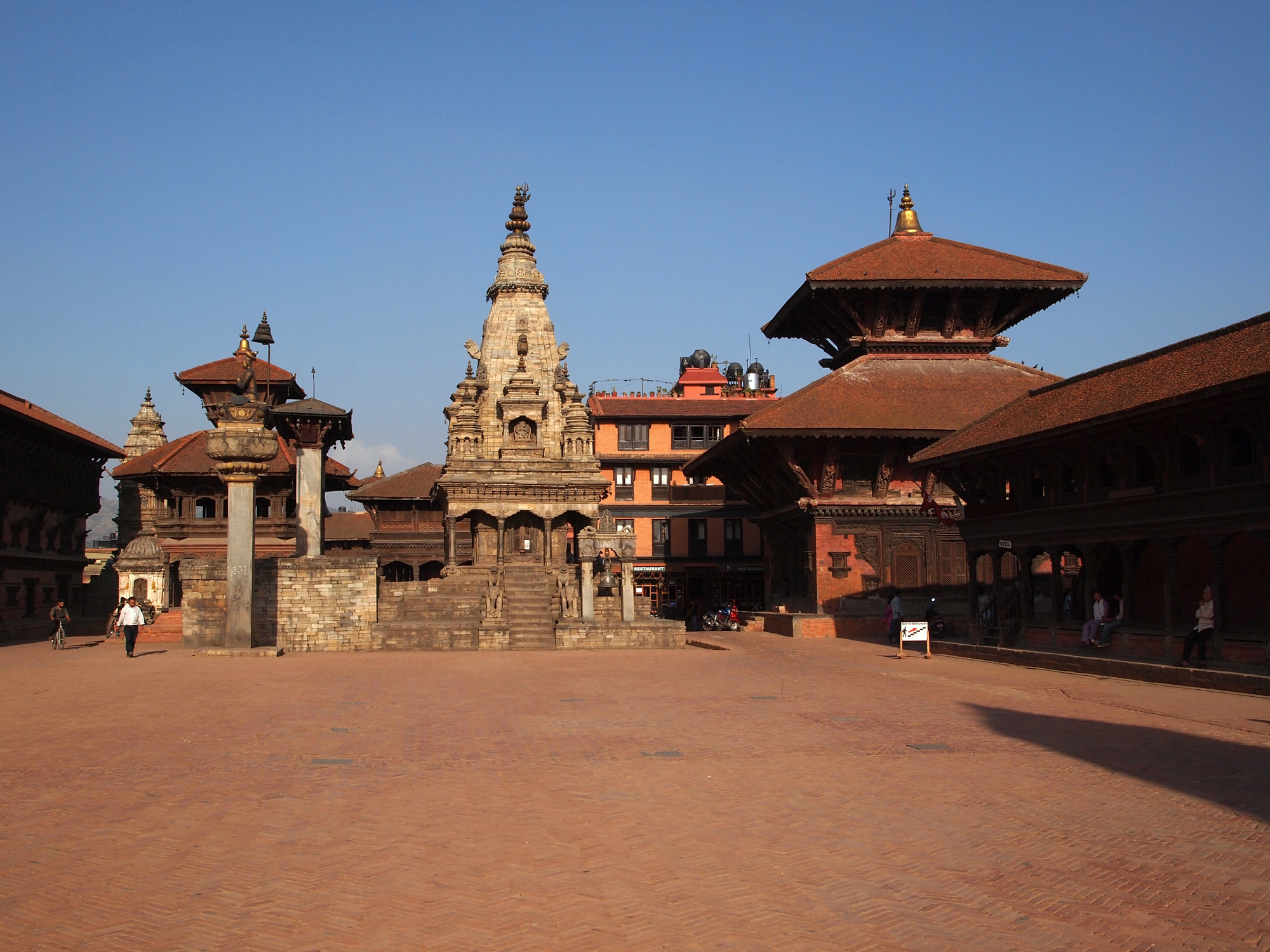
This Nepalese royal city preserves its medieval urban core despite natural disasters and modernization. Traditional brick temples with multi-tiered roofs maintain their original form and function.
Ancient water spouts carved with mythological figures still provide public water access. The city’s pottery square continues centuries-old ceramic production methods.
Traditional woodcarvers maintain workshops in historic buildings, creating intricate architectural elements.
San Gimignano
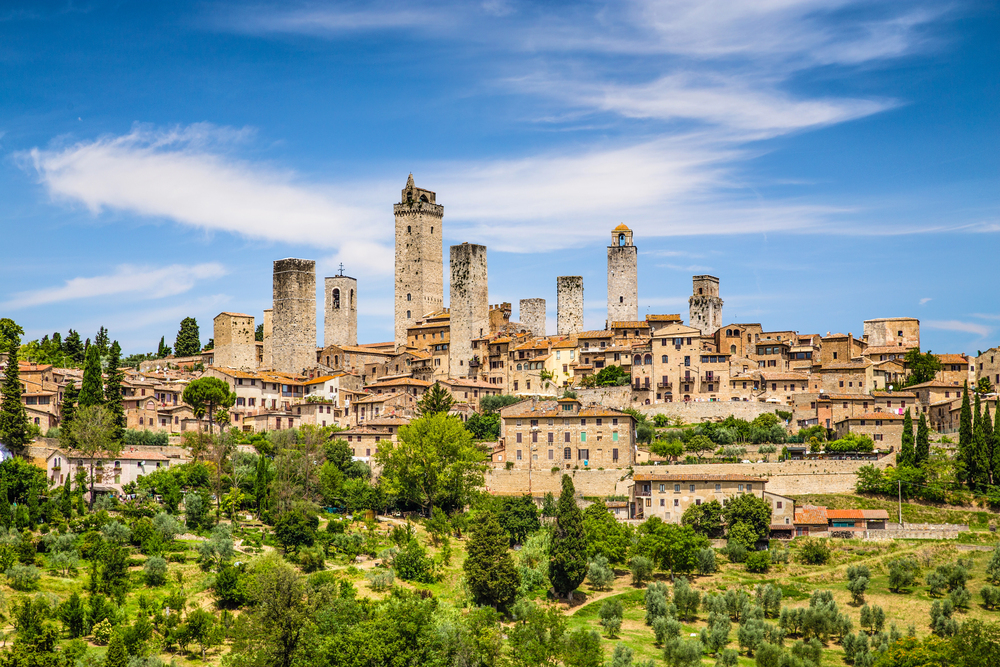
This Italian hill town maintains its distinctive medieval skyline of tower houses built by rival noble families. The historic center preserves its original street pattern and medieval architecture without modern intrusions.
Ancient frescoes in churches and public buildings maintain their vibrant colors and detail. Traditional workshops continue historic crafts in buildings that have housed similar trades for centuries. The town’s walls and gates remain intact, controlling access as they did in medieval times.
Jaisalmer
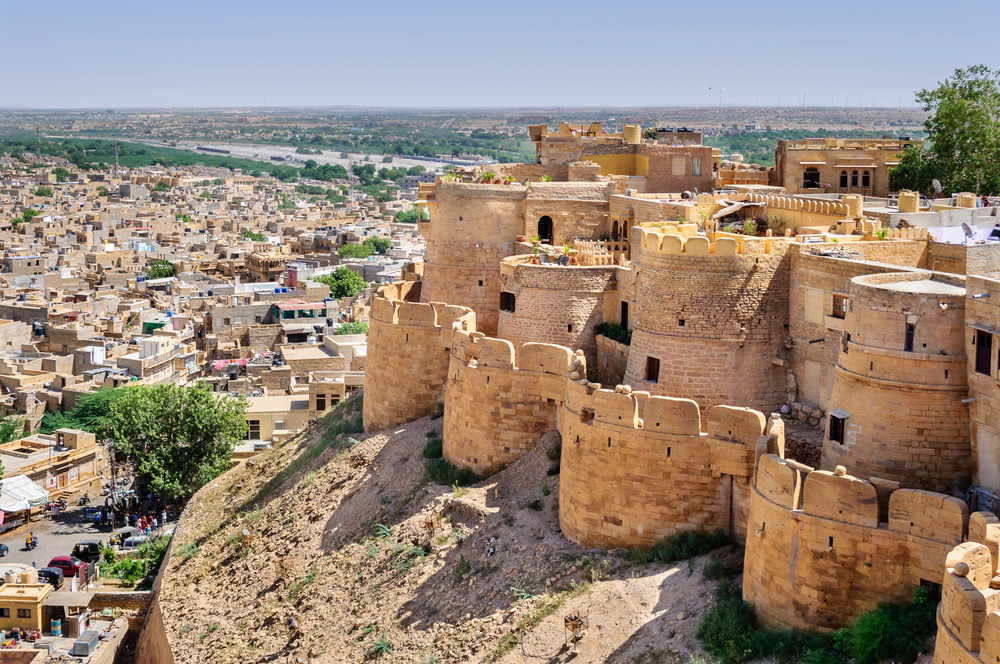
India’s ‘Golden City’ rises from the Thar Desert, preserving its medieval fort and traditional architecture. Ancient Jain temples maintain their intricate sandstone carvings and religious functions.
Traditional haveli mansions showcase elaborate facades and painted interior decorations. The fort’s narrow lanes maintain their original layout, connecting ancient temples and palaces.
Local artisans continue traditional crafts in workshops passed down through generations.
Like Travel Pug’s content? Follow us on MSN.
Rothenburg ob der Tauber
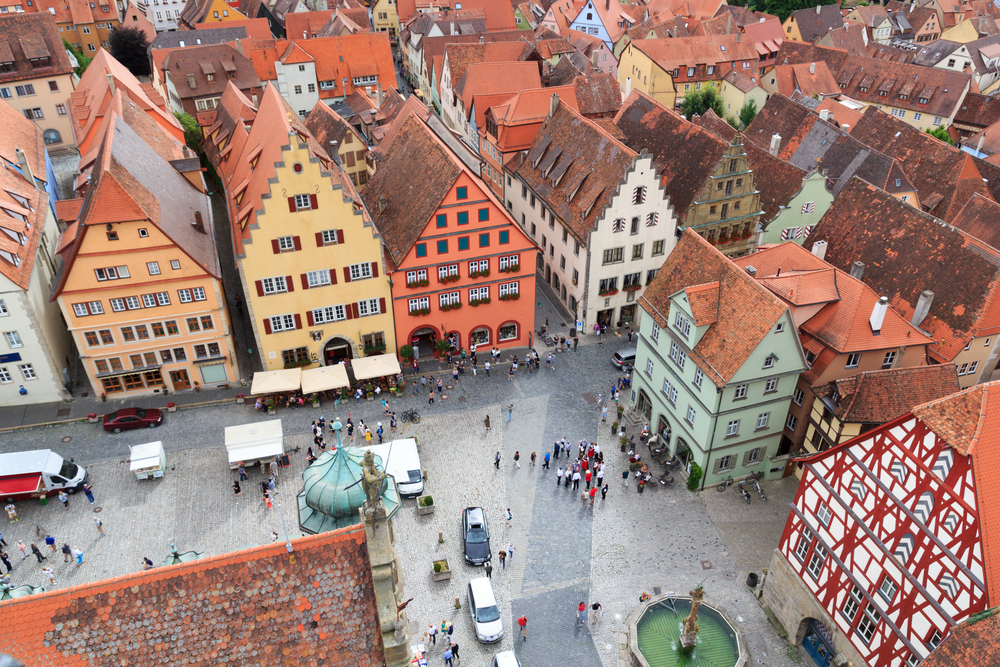
This German town preserves its complete medieval fortifications and historic urban core. The city walls maintain their covered walkway and original defensive towers.
Traditional half-timbered houses preserve their historic exterior decoration and internal structures. The town’s medieval market square continues to host markets as it has for centuries.
Ancient craft workshops maintain traditional methods in historic guild buildings.
Mdina
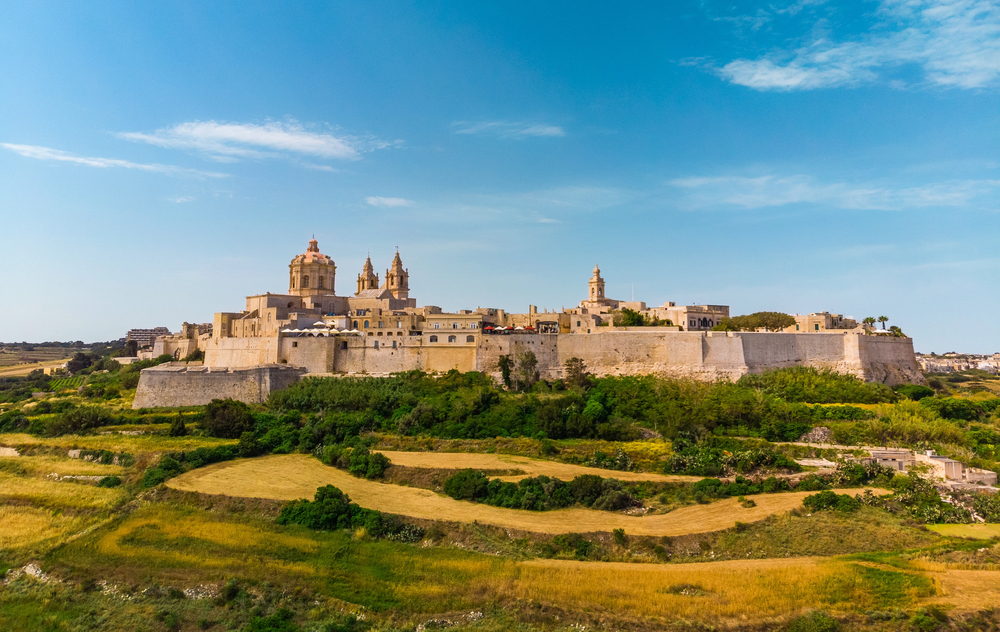
Malta’s ancient capital preserves its medieval character within complete Norman fortifications. The city’s narrow streets maintain their original layout designed to confuse invaders.
Noble palaces preserve their distinctive baroque facades and internal courtyards. Ancient churches maintain their original architectural features and religious functions.
The city’s defensive walls offer the same strategic views across Malta that defenders once surveyed.
Ayutthaya
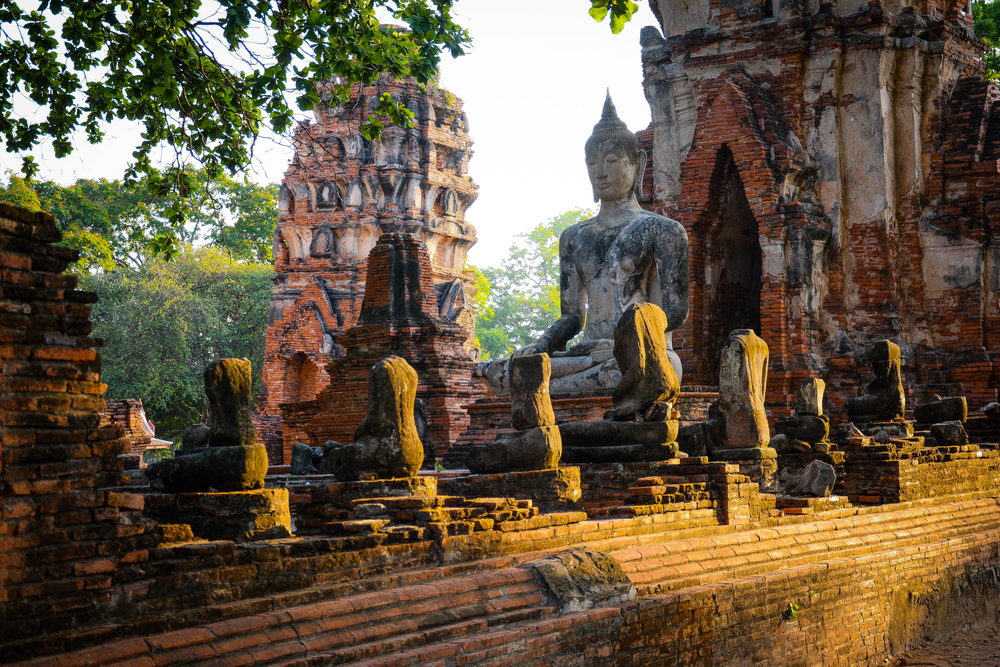
Thailand’s ancient capital preserves its temple complexes and urban planning despite centuries of change. Ancient prangs and chedis maintain their original form, showcasing Khmer architectural influence.
Traditional waterways and canals continue to define the city’s historic layout. Ancient Buddha images and temple decorations preserve their original artistic styles.
The city’s island location maintains its historic relationship with surrounding rivers.
Like Travel Pug’s content? Follow us on MSN.
Carcassonne
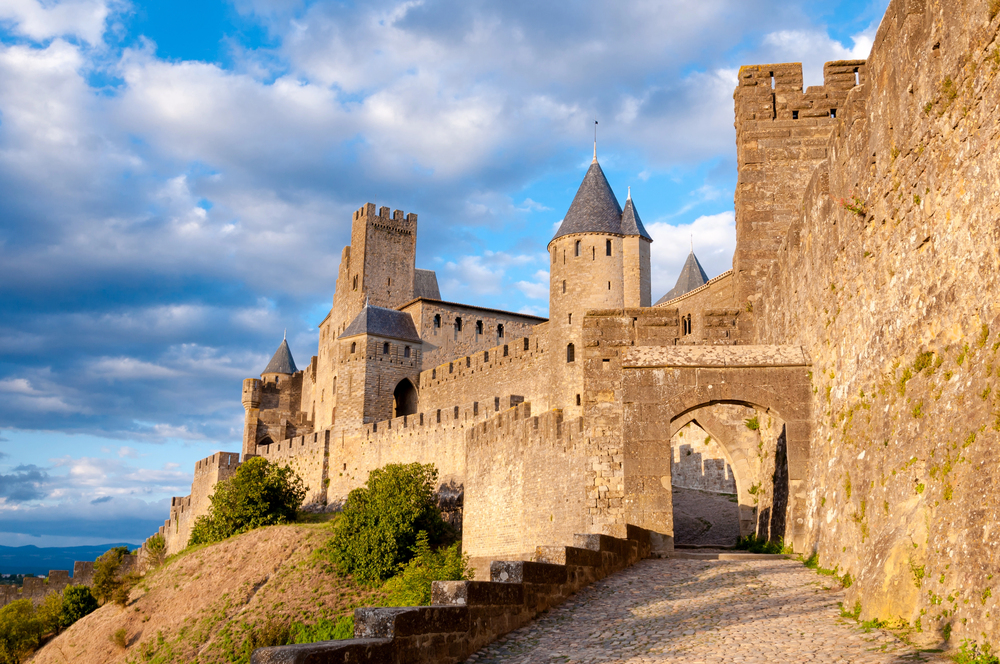
This French fortress city maintains its complete medieval military architecture. Double rings of fortifications preserve their original defensive features and walkways.
The city’s medieval cathedral retains its original Romanesque and Gothic elements. Traditional houses within the walls maintain their historic character and materials.
Ancient towers and battlements offer the same defensive viewpoints used by medieval guards.
Khiva
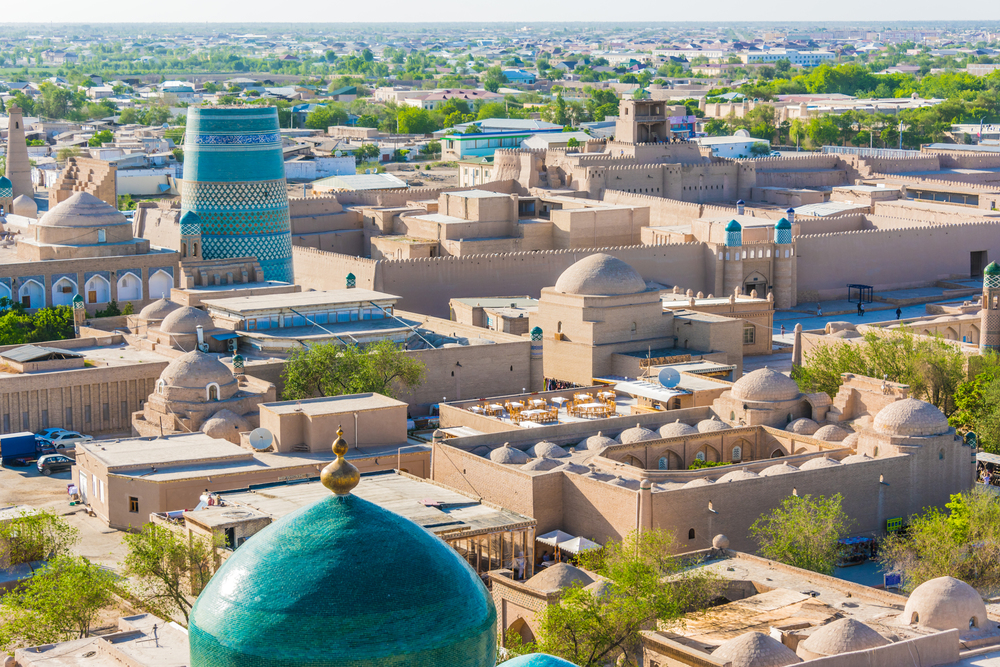
Uzbekistan’s museum city preserves its complete medieval urban form within ancient walls. Traditional madrasas maintain their original tilework and architectural features.
The city’s ancient minarets continue to define its distinctive skyline. Traditional carpet workshops occupy historic buildings along ancient trade routes.
The medieval royal palace preserves its original decoration and layout.
Visby
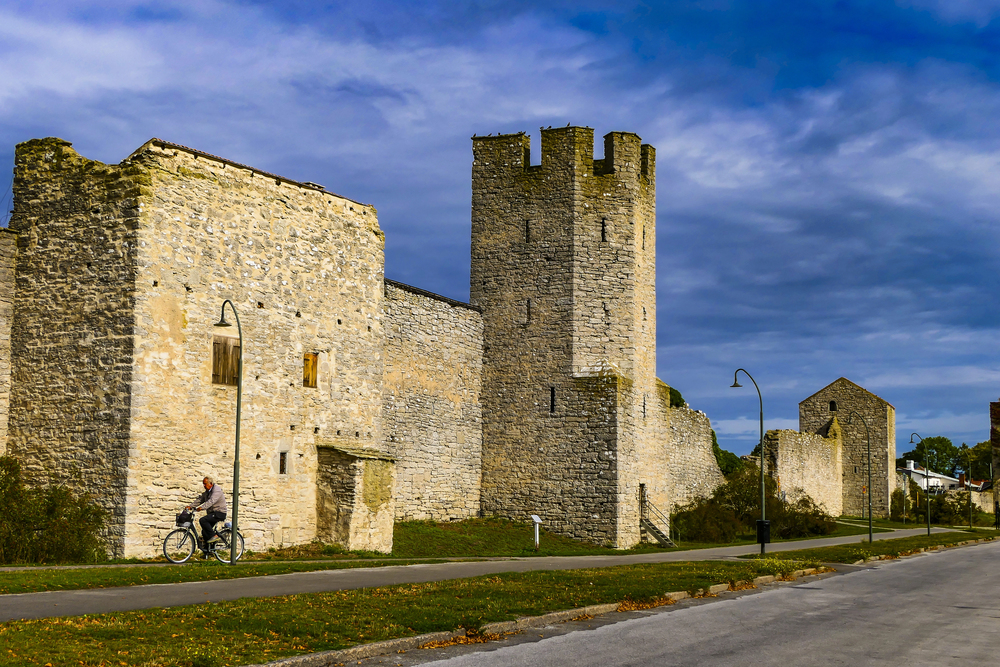
This Swedish Hanseatic town preserves its medieval character within limestone walls. Ancient merchant houses maintain their distinctive medieval facades and gables.
The city’s ruined medieval churches preserve their Gothic architectural elements. Traditional rose gardens occupy the same spaces they have for centuries.
The town’s grid pattern of streets maintains its medieval trading town layout.
Like Travel Pug’s content? Follow us on MSN.
Ping Yao
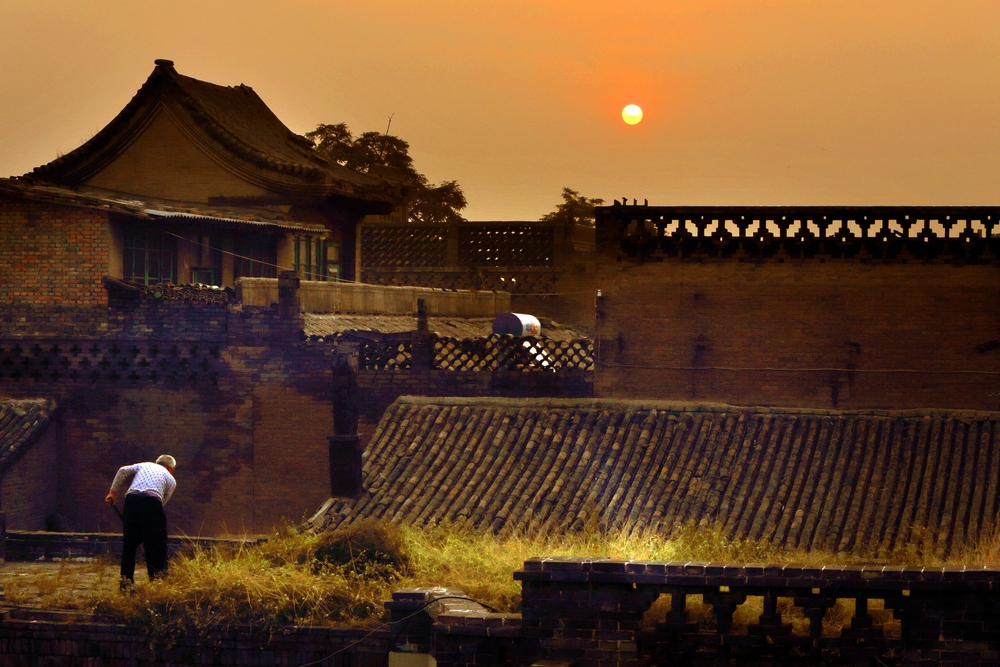
This Chinese trading city preserves its complete Ming and Qing Dynasty urban environment. Ancient banking houses maintain their original architectural features and interior layouts.
Traditional courtyard houses preserve their historic room arrangements and decorations. The city’s streets maintain their original width and paving materials.
Ancient shops continue traditional trades in historic commercial buildings.
Gjirokastra
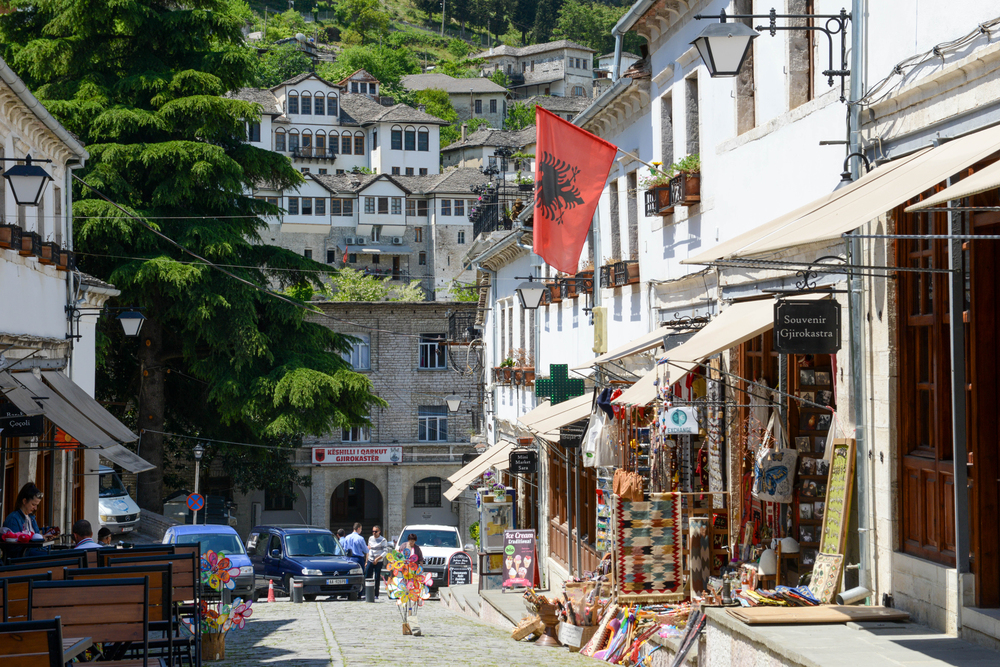
This Albanian city preserves its distinctive Ottoman architecture in stone houses rising up hillsides. Traditional tower houses maintain their fortified design and interior arrangements.
The city’s cobblestone streets preserve their original layout and construction. Ancient workshops continue traditional crafts in historic commercial spaces. The fortress overlooking the city maintains its original defensive features.
Kairouan
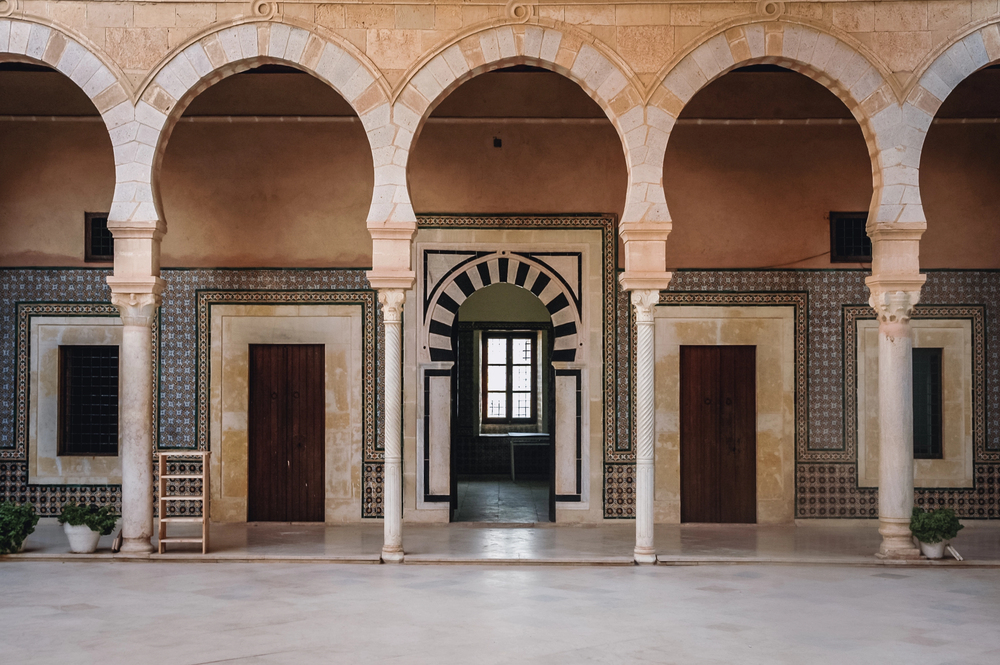
Tunisia’s holy city preserves its medieval mosques and traditional architecture. The Great Mosque maintains its original 9th-century design and decoration.
Ancient medina houses preserve their traditional courtyard layouts and decorative features. Traditional carpet workshops continue centuries-old weaving methods.
The city’s ancient water storage systems remain partially functional.
Like Travel Pug’s content? Follow us on MSN.
Suzdal
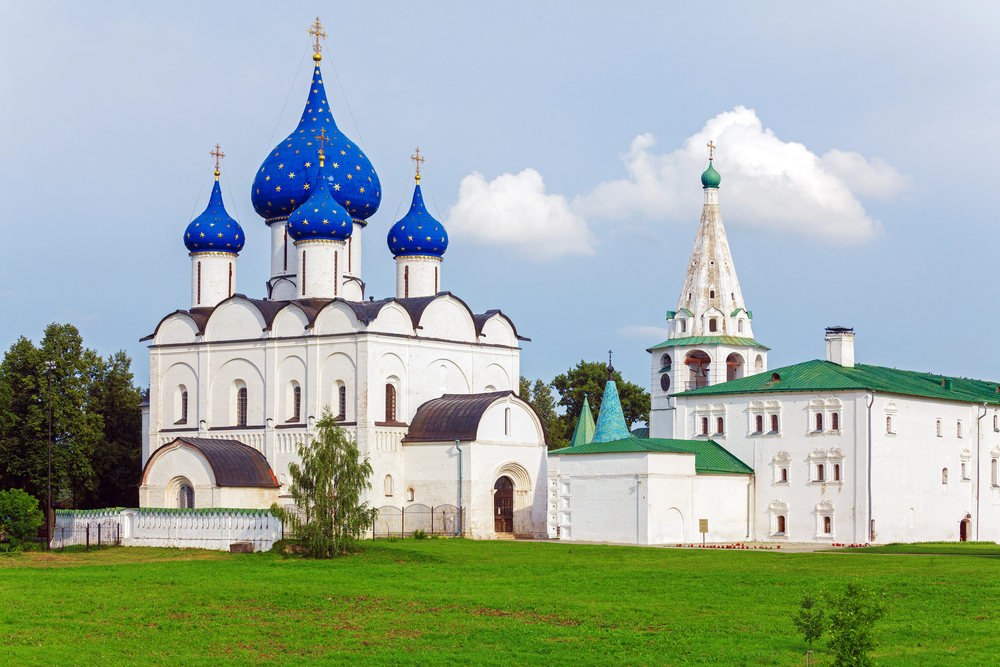
This Russian city preserves its medieval character with wooden architecture and ancient churches. Traditional wooden houses maintain their original construction techniques and decorations.
Ancient monasteries preserve their distinctive onion domes and religious functions. The city’s layout along the Kamenka River remains largely unchanged. Traditional craft workshops continue historic methods in ancient buildings.
Lalibela
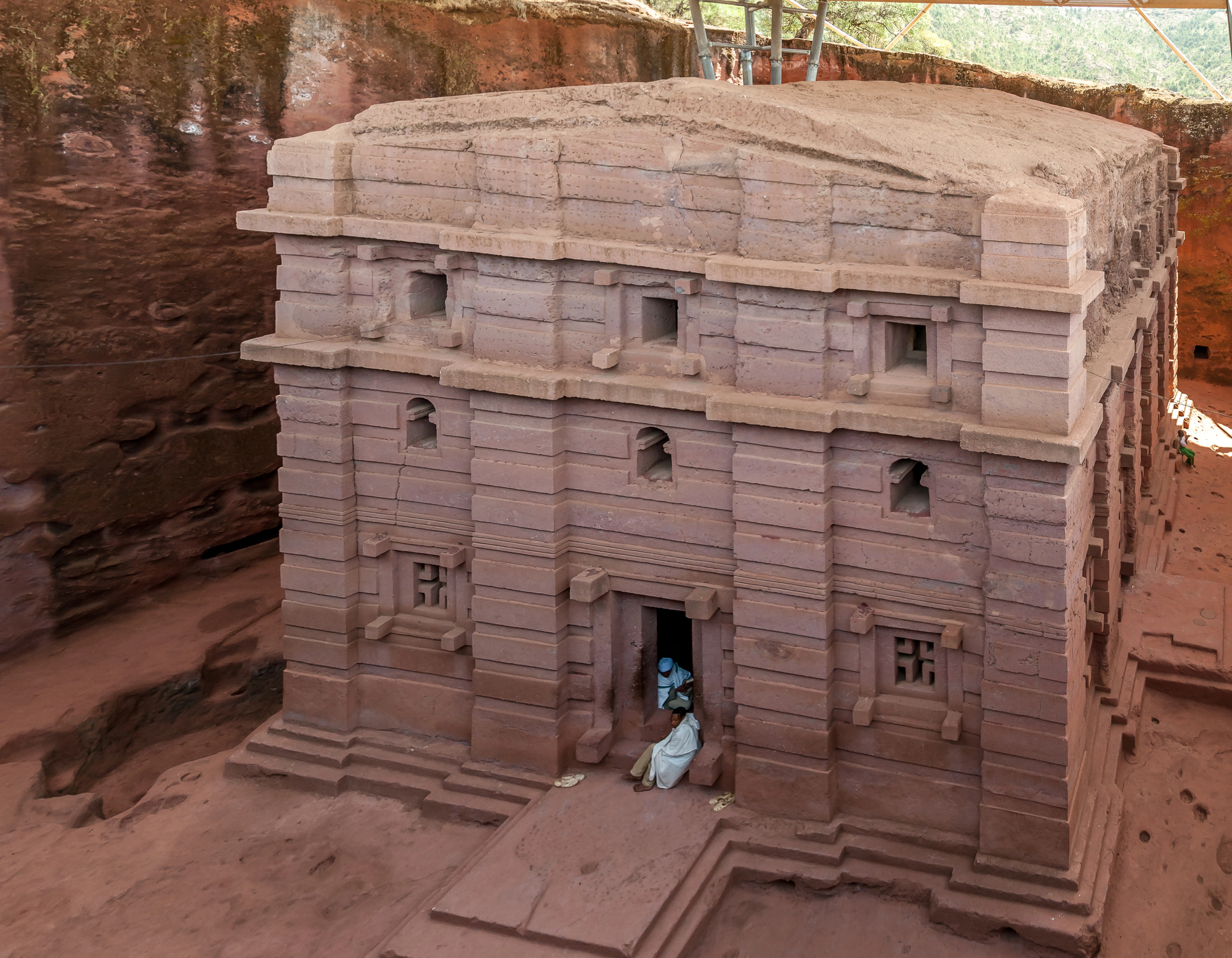
Ethiopia’s rock-hewn churches maintain their original form carved from solid volcanic rock. Ancient religious ceremonies continue unchanged in these unique architectural spaces.
Traditional circular houses preserve their historic construction methods and materials. The city’s network of tunnels and trenches maintains its original pilgrimage routes.
Ancient water systems continue to function as designed centuries ago.
Bukhara
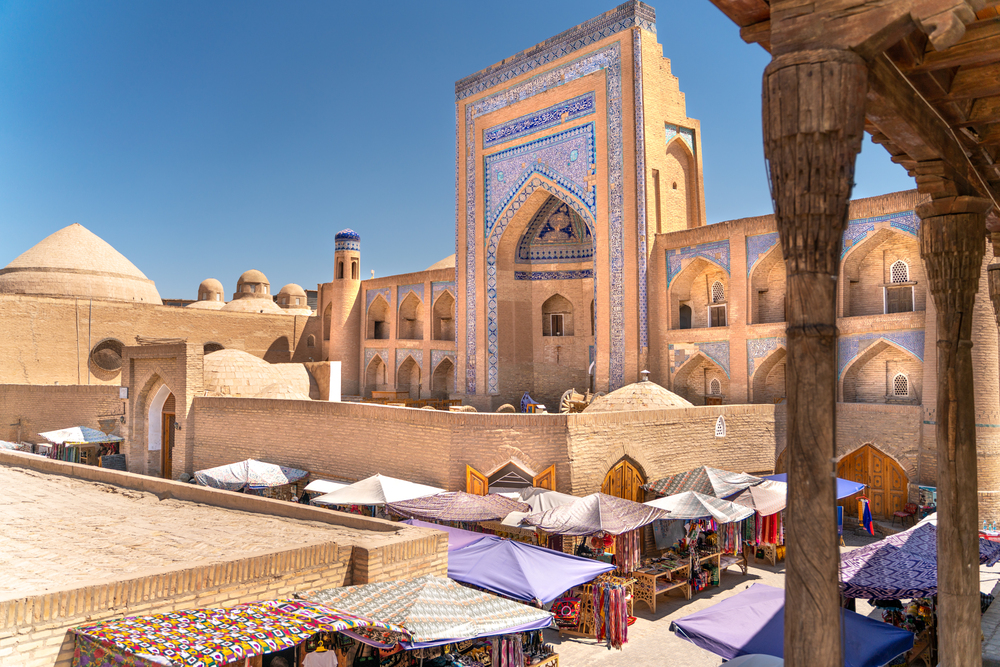
This Uzbek city preserves its complete medieval urban environment within ancient walls. Traditional madrasas maintain their original tilework and architectural features.
Ancient trading domes continue to house markets as they have for centuries. The city’s water systems preserve their historic public access points and decoration.
Traditional crafts continue in workshops, occupying historic commercial spaces.
Like Travel Pug’s content? Follow us on MSN.
Windows into the Past
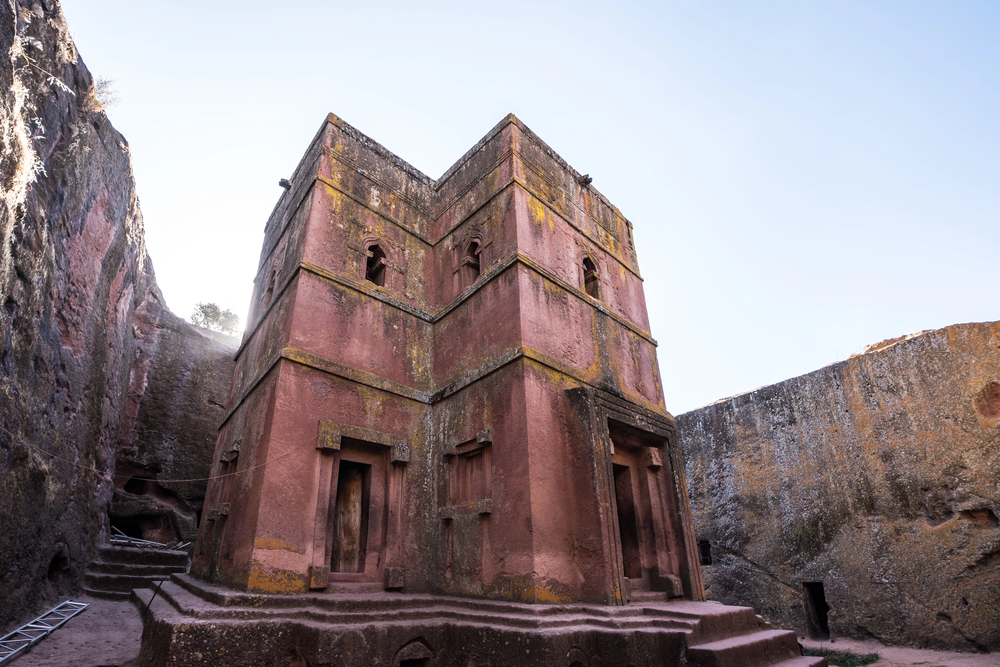
These cities demonstrate how urban heritage can survive and thrive across centuries. Their preservation offers unique opportunities to experience historical urban environments firsthand.
Modern conservation efforts help maintain these living museums for future generations. These places remind us that cities can maintain their historic character while remaining vibrant communities. Their survival offers important lessons about sustainable urban development and cultural preservation.
More from Travel Pug

- 20 Towns Built for One Purpose That Were Later Abandoned
- 15 Hidden Spots in Disney World’s Magic Kingdom Most Visitors Miss
- 20 Photos of the World’s Most Beautiful Glacial Lakes
- 15 Canyons in the U.S. That Are Just as Stunning as the Grand Canyon
- 10 Under-the-Radar Mountain Towns That Are Both Affordable and Beautiful
Like Travel Pug’s content? Follow us on MSN.
